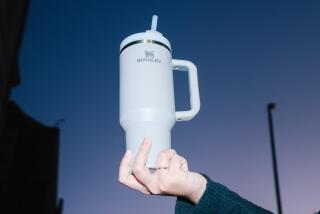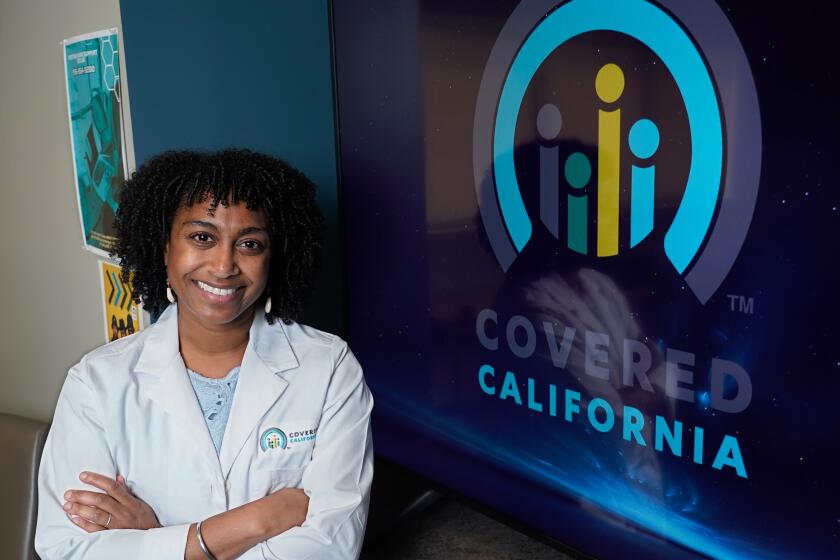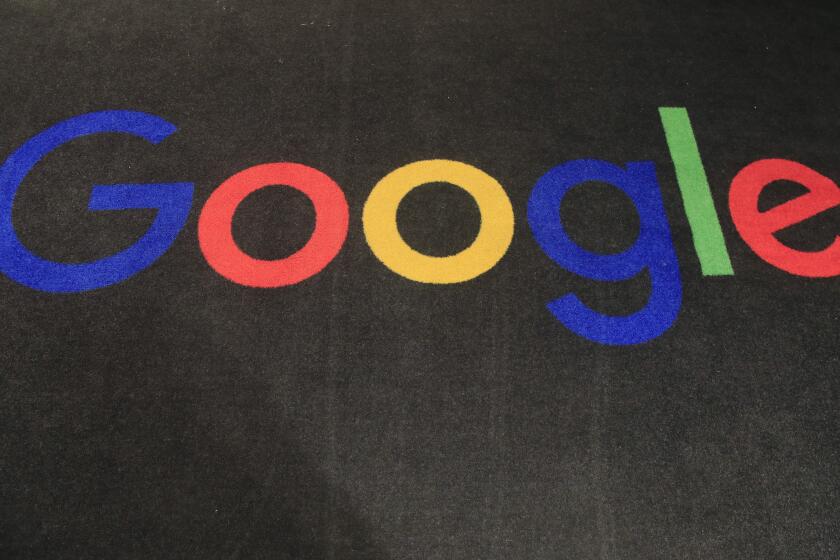Onslaught of Clear Products Seen as a Short-Term Fad : Retail: Although there are few beneficial attributes to translucent products, experts say the public may perceive them to be pure and therefore better.
- Share via
NEW YORK — It’s hip to be clear. Or is it hype?
Well-known marketers in categories from soft drinks to dishwashing liquids, mouthwashes and deodorants are scrambling to get clear spinoffs of distinctively tinted old standbys on supermarket shelves.
There is Crystal Pepsi and Tab Clear. The Palmolive and Ivory names now appear on clear dishwashing liquids. Lavoris is marketing a colorless mouthwash and Ban has a clear solid deodorant.
The clear movement spread last week to the beer business, where consumers have long taken a brew’s measure on a color scale ranging from yellow to black.
Miller Brewing Co. plans to introduce the industry’s first clear beer, Miller Clear, in several markets later this month.
Marketers say they chose clear over another color because transparency provides a real benefit or helps call attention to other changes that distinguish the clear product from the original.
Makers of clear deodorants, for example, say they leave no white residue on clothes like traditional sticks and powders do.
But some experts say the onslaught of clear products smacks of marketing gimmickry and could prove to be a fad.
“People perceive clear substances to be pure and natural and somehow better,” said Roger Blackwell, professor of marketing at Ohio State University. “The perception is the beginning of reality, but it is not always the reality.”
He said clarity may be novel enough to draw some consumer interest, but “only those with a distinct advantage will survive.”
New Product News, a monthly Chicago-based publication that chronicles product introductions, spotted about four dozen clear products among 16,790 new food, personal care or household products in 1992. That didn’t include another 35 sparkling waters and juices that came out with new clear variations.
Martin J. Friedman, who edits New Product News, said he doesn’t know of any new clear product other than the clear deodorants that can claim transparency as an attribute.
“Everyone is desperate for something innovative. But a lot of this is just appealing to consumers’ perceptions. I don’t think it will last,” he said.
Pepsi-Cola Co. began the national rollout of Crystal Pepsi late last year, and launched its ad campaign for the new cola drink on the eve of President Clinton’s inauguration.
The company said Crystal Pepsi was developed in response to consumer research that indicates some people wanted a cola that used natural flavoring, no preservatives and less sweetener.
Coca-Cola Co. is testing Tab Clear, a version of one of its diet colas, in 10 markets domestically and in Britain.
Tom Pirko, the president of Bevmark, a Los Angeles-based beverage industry consultant, said the clear cola makers seem to want to create a new category in a slow-growth industry.
Colgate-Palmolive Co. and Procter & Gamble Co. began national marketing of clear dishwashing liquids in see-through plastic bottles last spring, each claiming the new versions are tougher on grease and easier on hands.
Jane Fitzgibbon, who follows consumer trends for the advertising agency Ogilvy & Mather, said she suspects a fad element in the rising use of clear marketing but that “clear” can be a potent selling tool.
“We want clear air, clear water. It means trouble-free and blemish-free,” she said.
More to Read
Inside the business of entertainment
The Wide Shot brings you news, analysis and insights on everything from streaming wars to production — and what it all means for the future.
You may occasionally receive promotional content from the Los Angeles Times.










